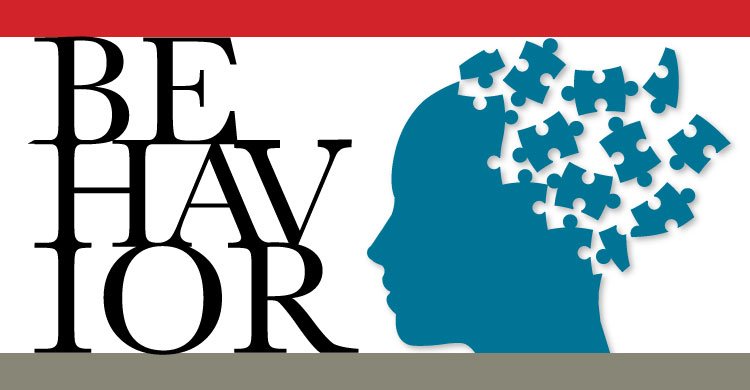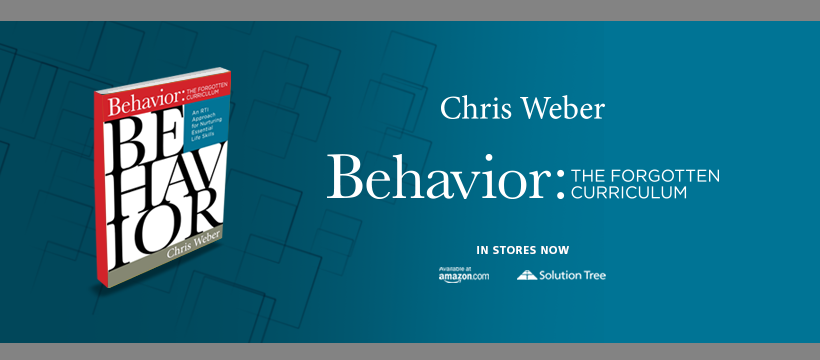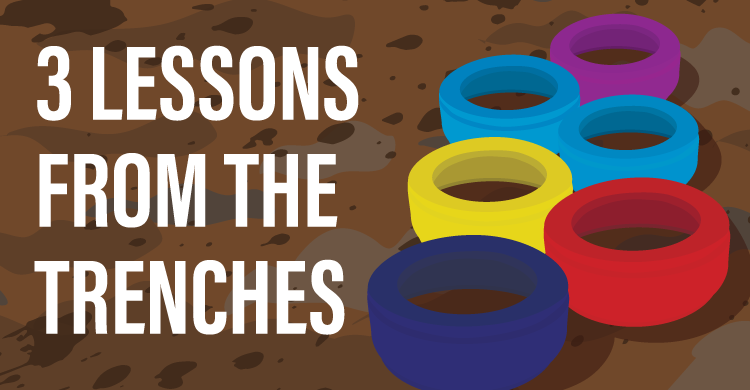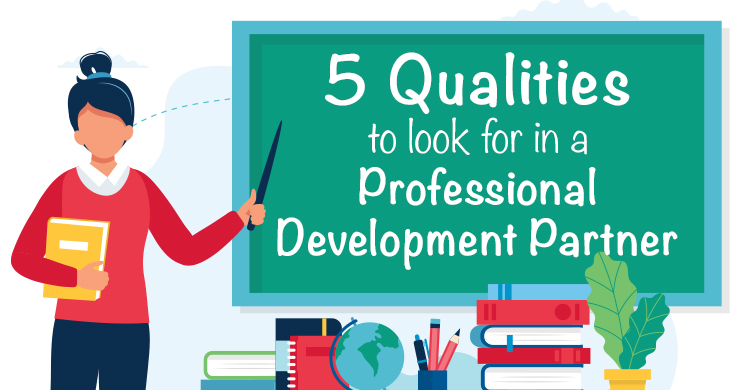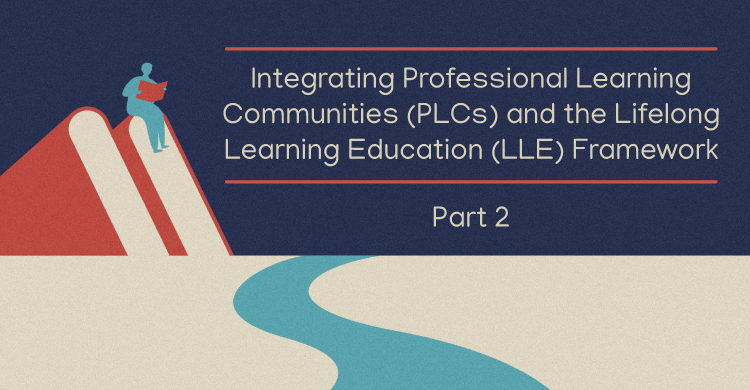If your staff accepts that behavioral skills are as important as academic skills…
If your staff are truly committed to all students learning at high levels (and you recognize that needs in behavioral skills are preventing some students from meeting expectations) …
If your staff recognize that they’re the answer they’ve been waiting for when it comes to the teaching and learning of behavioral skills …
If you’ve “done” behavioral RTI before and want to do it better or revitalize your system of supports, then follow these six steps.
-
Identify the most critical skills
Just as we must do when answering Question 1 of PLC at Work™ for academic skills, we start by identifying the most critical academic skills, habits, and attributes that students must master and display to be successful in school, college, career, and life. These behavioral skills go beyond the social skills that commonly make up a school’s acronymed mottos (e.g., respect, responsibility, safety) to include the mindsets, learning strategies, self-disciplines, and academic behaviors necessary to navigate within social learning environments and to solve cognitive tasks. Perhaps staffs should begin by defining what a successful student looks like, in regard to behaviors. Or perhaps staffs should reflect upon those behavioral skills that are most often lacking and that most contribute to difficulties. (Please consider including all stakeholders: certificated and classified staff, parents, and students in this planning.) These skills might be important habits related to organization, grit, self-advocacy, time management, or executive functioning.
The first step is identifying those behaviors most critical to achieving at high levels. One more thought: while we can certainly identify too many skills, I would suggest that three terms may not adequately represent the behaviors required of a productive citizen. Recall that there are 42 Common Core standards for grade-10 students in English-language arts and 26 Common Core standards for grade-5 students in mathematics (most of which have multiple parts and can be unpacked into several substandards). If behaviors are, in fact, as critical as academics, perhaps we can justify identifying more than three essentials.
-
Define and make sense of skills
Question 1 is not sufficiently addressed by identifying essentials. We must also clearly and consistently (among all staff, all grade levels, all content areas) define what it looks like and sounds like when behavioral skills are appropriately displayed. Please consider the consequences of different sets of expectations, procedures, practices, and routines between staff and classrooms. Students, even in early elementary grades, rarely spend their entire day with one adult. Asking students to remember the rules of several different “bosses” is not a recipe for success. So, define and communicate what the successful practice and display of behavioral skills means—and make sure that all staff and students are on the same page.
-
Model, teach, and nurture
Identifying and defining aren’t enough. Having a kickoff assembly at the beginning of the year that describes what students can do to meet behavioral expectations (and what they shouldn’t do) isn’t enough. Assigning negative consequences when students don’t meet expectations and catching students being good (meeting expectations) isn’t enough. These actions may be necessary, but they are not sufficient. We wouldn’t hold a reading comprehension kickoff assembly at the beginning of the year and assume students were good to go. We must regularly, repeatedly, directly, and consistently teach the behavioral skills we want students to exhibit, both as standalone minilessons and integrated into academic learning experiences. Metacognitively modeling (thinking aloud) is a powerful strategy in all areas; we must actively, demonstrably model the positive and productive behaviors, habits, and attributes that we want students to display. So, develop a schoolwide (and/or grade level–wide) scope of sequence that defines when and which behavioral skills will be emphasized. Collaboratively create or curate minilessons. Identify when minilessons will be taught and when and how the nurturing of behavioral skills will be explicitly integrated into the work that takes up most of our time in schools—the teaching and learning of academic concepts and skills.
-
Measure student success (and give feedback)
What gets measured gets done. We won’t know if students are learning behavioral skills, and we won’t know which students need for support and in which specific areas, unless we gather evidence of behavioral-skill development and commit to using the evidence to inform our teaching and learning. This is Question 2 of a PLC at Work™, and yes, it applies to behavioral skills as well. When identifying ways in which we can measure student success, make efforts to parallel the assessment of behaviors to the assessment of academics. Importantly, don’t forget to provide feedback. Just as in academics, we assess to guide improvements. When evidence indicates that students are not yet meeting behavioral expectations, give timely, positive, and specific feedback (not just a detention or a zero). We students are meeting expectations, do the same, perhaps in conjunction with your school’s caught-being-good card. Use assessment to drive, deepen, and elevate (even further) behavioral skill development.
-
Provide differentiated supports
Students enter our classrooms with differing interests, learning styles, backgrounds, needs, and current readiness levels. This impacts the scaffolds and differentiated supports that we proactively prepare and provide. It’s not if, it’s when some students will need more time or an alternative approach or a unique strategy to ensure that they learn at high levels. This applies to academics; it applies to behavioral skills. Let’s be ready. We’re ready when we’re willing to differentiate, when we gather evidence to know who needs additional support with what, and when we collaboratively learn about the research-based (free and common-sense) differentiation strategies that can and must be provided to students so that they can be successful. Also prepare to provide differentiated support for students who do demonstrate positive, productive behaviors; extend and enrich their behavioral learning in the same ways that we extend and enrich academic learning.
-
Intervene appropriately and as necessary
We can predict that our excellent, differentiated, explicitly delivered Tier 1 support for behavioral skills won’t be enough for some students (a prediction we can also make for academics). When evidence reveals that students are not mastering Tier 1 expectations, we should be ready with Tier 2—more time and alternative strategies, monitored through a check-in/check-out process. When students have a significant need or deficits in foundational behavioral skills, we must diagnose why the need exists (and with what foundations the need exists) and provide an intensive, comprehensive plan for improvement. We are arguably more prepared to provide Tier 3 behavioral supports than academic supports, since we have two tried and proven tools/processes with which to organize behavioral supports—the functional behavioral analysis (FBA) and behavior support plan (BSP). Let’s leverage these tools to prepare and provide intensive and positive wraparound supports for our most vulnerable students.
You might not have read a lot about negative consequences and rewards in the six steps above. Behavioral-skill development can, and perhaps must, parallel the ways in which schools guide students in developing academic skills, which (I hope) do not rely heavily on consequences and rewards. Instead, we identify and define essential learning outcomes, teach, assess, and differentiate the skills we want students to display, and intervene and enrich as necessary. If we’re committed to nurturing critical behavioral and life skills in all students, these steps will help educators in developing a system of supports.
[author_bio id=”77″]


